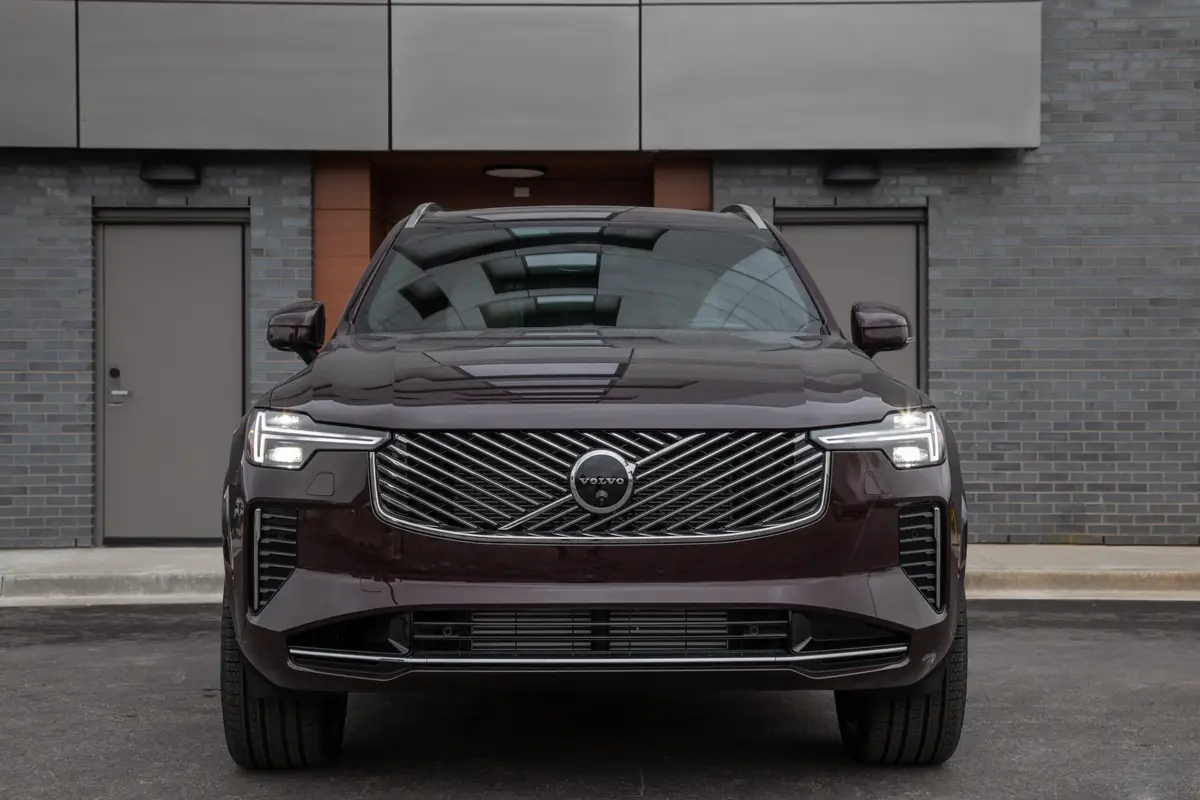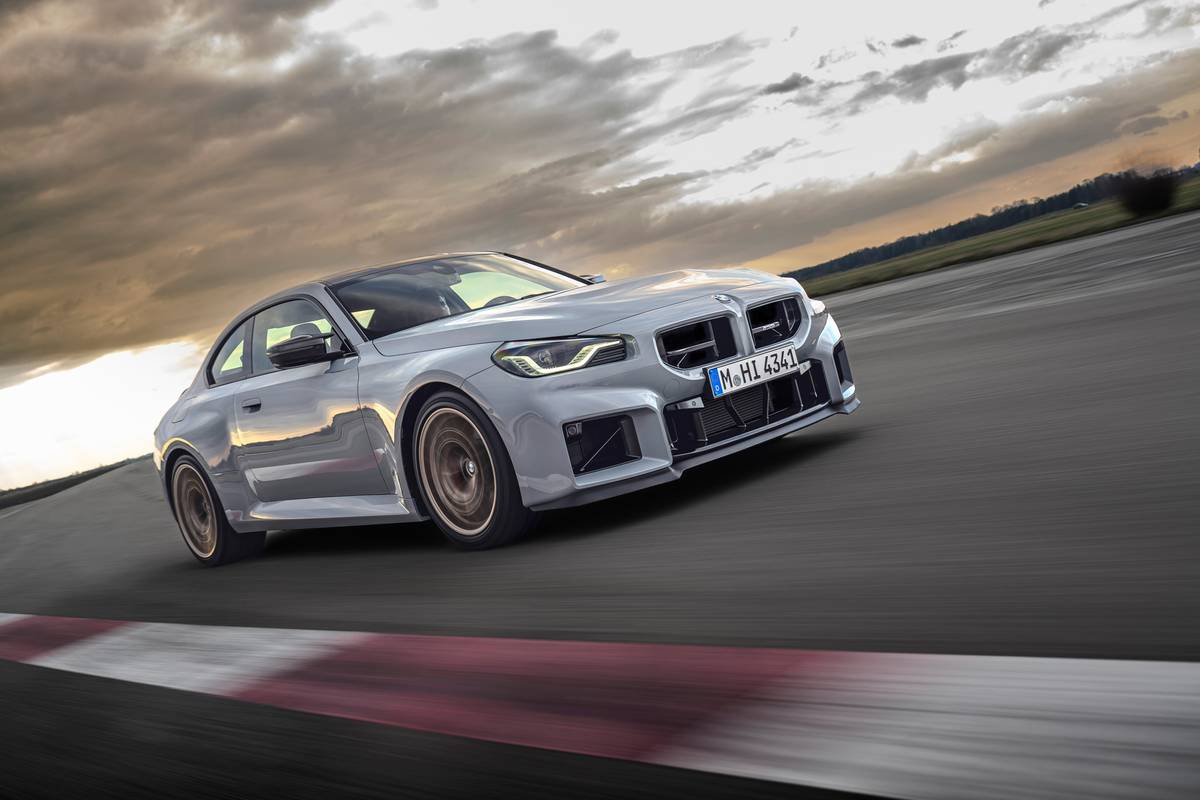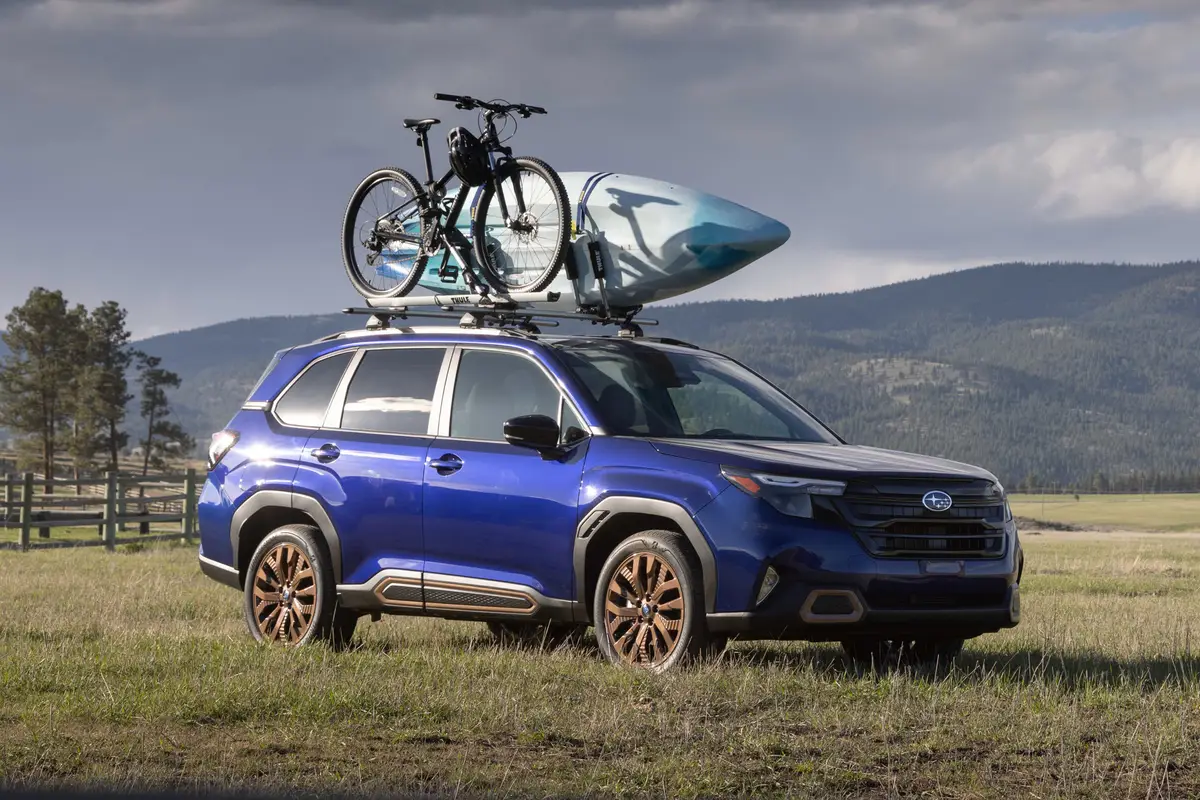The Morning Call and Mcall.com's view
The Nissan Maxima was one of the first of the European-style touring sedans from the Land of the Rising Sun. This type of car, now offered by auto manufacturers from all parts of the globe and in all price ranges, at first was an obvious attempt to copy the expensive European sedans – particularly the German models. The idea proved to be a lucrative one. After all, here was a car that looked and acted like the high priced spread but was, in most cases, a good deal cheaper.
Nissan, before changing its corporate nameplate, entered this market back in the middle of the 1977 model year with the Datsun 810, a small car by American standards of the time but large for a Japanese car. The most impressive feature of this car was its engine – the same in-line, six-cylinder engine used in the original Datsun 240Z sports car. The engine featured electronic fuel injection, which was a fairly rare item in those days, and the car itself was equipped with many luxury standard features.
By this brief description, a person might think the Datsun 810 was an instant success. It wasn’t. Its primary problem – although not its only one – was that it was, well, homely. Over the years the car changed styling almost as fast as it changed names. First known as the Datsun 810, it became the Datsun 810 Maxima, then the Datsun Maxima and now the Nissan Maxima. Over the years it became better looking and more refined. The ’81 model had the distinction, or notoriety, of being the first talking car. (You know, ”please turn out your lights” and that sort of stuff.) It also became more popular.
For the 1985 model year, the Maxima has once again been completely re- engineered and redesigned. And not only did it go from rear-wheel to front- wheel drive, it now has the V-6 engine of the Nissan 300ZX sports car. The total package is quite impressive.
Here’s the Maxima’s statistical portrait: wheelbase, 100.4 inches; length, 181 inches; width, 66.5 inches; height, 55.1 inches, and curb weight, 3,095 pounds. Although classed as a compact by the EPA, it can be considered a mid- sized car by international standards. This, of course, won’t help you get any more people into the car, but it should give an idea of relative size. The Maxima is actually some three inches shorter in wheelbase than the ’84 model but, because of the front-drive configuration, it has a roomier interior and slightly larger trunk.
The two front seats should accommodate drivers and passengers of all shapes and sizes. Even though the test car was equipped with a sunroof, there was still sufficient head room for tall persons. The rear seat can hold three adults in a pinch, but will be happier with two. And this is because of the surprisingly large tunnel running through the center of the passenger compartment. Although the front-drive layout has eliminated the need for a driveshaft (the reason for large tunnels), the exh aust and several other things are routed through this one. The Maxima is not a hatchback but it does have a split fold-down rear seat, a feature that allows access to the trunk from the car’s interior and storage space for long objects. Obviously, it’s an ideal way to haul fishing equipment, although some may want to use it for more mundane purposes.
The new Maxima does bear some resemblance to last year’s model but is cleaner and trimmer. It has the wedge look – low frontal area, sloping hood, raked windshield and high trunk deck. Styling is subdued contemporary, not flashy. The test car was the sportier looking SE model (compared to the GL model) and featured black-out moldings and trim and body-color rear deck spoiler and door handles. That class act, however, seem to stop at the grille, which is made of plastic and has a cut-budget look to it.
The 181-cubic inch V-6 engine (3.0 liter) has a cast iron block with aluminum heads and features an overheadc m and fuel injection. It is rated at 152 horsepower ( only eight fewer horses than live in the version in the 300ZX) at 5,200 rpm and 167 foot pounds torque at 3,600 rpm. It is transversely- mounted to a transmission/axle system that features equal-length half- shafts. Nissan claims these axles virtually eliminate torque steer. ”Virtually” is the keyword. Torque steer is significantly reduced, but that inherent annoyance of front-wheel drivers is still there. Not surprisingly, performance is very good. The test car had a five-speed manual transmission (a four-speed automatic is available) that helped spur on those 152 horses. The shifter had a long throw between gears and a remote feel – but no worse or better than most front-drive cars. Acceleration, passing and mountain performance were all above average.
If a driver shows some restraint, the Maxima is capable of conservative fuel mileage. The test car averaged 19 miles per gallon for city driving and 26 mpg over the highways.
To handle this additional power, Nissan went to a sophisticated four-wheel independent suspension system with disc brakes at all four corners. The front suspension has MacPherson-type struts with offset coil springs and the compression rod integrated into the transverse link. The rear suspension consists of the parallel-link, strut-type in which the parallel link is attached to the rear suspension member. Stabilizer bars are mounted fore and aft and steering is by rack-and-pinion. And everything is helped out by big, fat 15-inch P195/60HR tires mounted on alloy wheels. You really don’t have to understand any of this to have fun with the Maxima, but you can impress your friends with your knowledge.
The Maxima SE suspension also has another interesting feature – adjustable shock absorbers that can be controlled from the console while the car is in motion. There are settings for soft, normal or firm damping rates. You could call this dial-a-shock. The soft setting is reminiscent of cars of the 1950s. It is really soft and the Maxima just wallows away with the front end bobbing up and down. It could probably make someone seasick. The normal setting is still on the soft side but provides a comfortable ride. The firm setting is just that and the best one for serious driving. However, I did go through a cloverleaf at the same speed with all three settings and really didn’t have any problems, except for noticeable offside lean in the soft and normal settings.
Base price for the Maxima SE is $13,499. Standard equipment includes air conditioning, cruise control, power windows, adjustable tilt steering wheel (with a memory feature, power door locks, a theft-deterrent system, power steering, power brakes, electric sunroof, an electronic AM-FM cassette stereo (which included a seven-band graphic equalizer, power booster, automatic volume control, fader/balance controls and six speakers) and a hi gh level of trim and appointments. This is a very complete car. The only other charge on the test car was a delivery charge of $195, which brought the total price to $13,694.
Latest news



